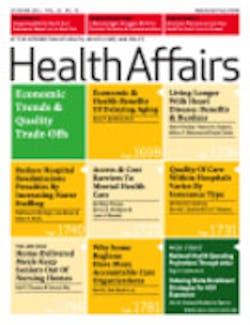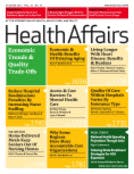Transforming Dental Hygiene Education
At the ADHA meeting in September, Marcia K. Brand, Ph.D. Health Resources and Services Administration, Department of Health and Human Services, discussed the following questions from a federal/national perspective:
• What are the contextual drivers that guide examination and realignment of dental hygienists’ role in a transformed health care system?
• Do dental hygienists possess core competencies they are unable to apply?
• What are the potential facilitators and barriers to enable maximal service by dental hygienists for great public impact?
The contextual drivers of dental hygiene’s future role include a once in a lifetime opportunity to consider improving health care for all. There is also a focus on teams, with new roles and practice arrangements not seen before. There is a consensus around the triple aims, and a co‐occurring “oral health” movement, including advocacy and integration of oral health into primary care. Triple aims involve health, health care, and policy, and involve care, health, and cost.(1)
Improving the U.S. health care system requires simultaneous pursuit of three aims: improving the experience of care, improving the health of populations, and reducing per capita costs of health care.(1) The Core Competencies include: zero‐base the health disciplines; “degree creep”, evidence‐based credentialing; and quality, cost, and access.
Facilitators to enable maximum service, according to Marsha, are: openness to innovation, such as new practice patterns and providers; practice redesign, the private practice model versus care integration; the need to harness public demand, and what Medicare doesn’t cover. Barriers to enabling maximum service are: professional isolation; few dental hygienists in policymaking roles; and few policy‐makers who understand the access issues.
Kristen Simmons, RDH, BSDH, MHA, Chief Operating Officer, Willamette Dental Group, discussed Innovative Collaboration Models for Dental Hygiene Practice. What is changing in commercial business will drive these models. They include: Federal Affordable Care Act (ACA); state‐based insurance exchanges; Medicaid expansion; payers wants and needs, a focus on prevention; satellite points of service and access; continuity of care; scope of practice changing; Health Professional Shortage Areas (HPSAs); and access issues related to provider shortages in rural and urban settings.
Kristen thinks we need to position ourselves to Think Outside the Box; be the right provider, right location, right time and delivering the right services; collapse the silos in care. Opportunities abound, and include reducing unnecessary E.D. dental utilization. Also we can collaborate and integrate with other entities, such as FQHCs, RHCs, Medical Homes and Health Systems.
Also, we can create different access points out of our existing offices. Transformation of facilities to become more team centric rather the differential segments will be helpful to care delivery, and hygiene driven schedules that must have essential data points and risk assessments collected and recorded.
Look for a white paper from this conference in 2014.
References 1. Berwick DM, Nolan TW and Whittington J. The Triple Aim: Care, Health, And Cost. Health Aff May 2008 vol. 27 no. 3 759-769.

